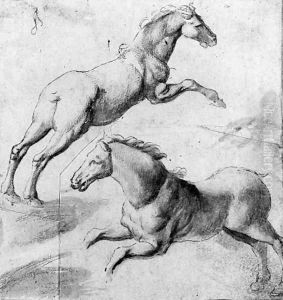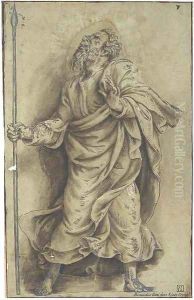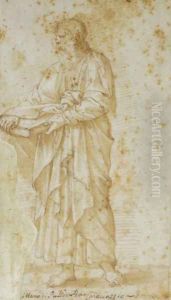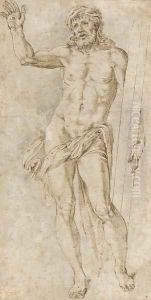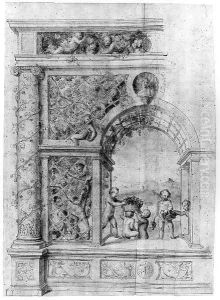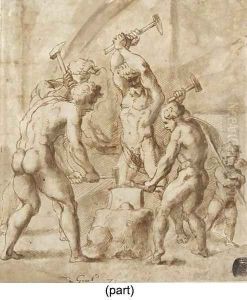Giulio Pippi, Called Giulio Romano Paintings
Giulio Pippi, better known as Giulio Romano, was an Italian painter and architect, born in Rome in 1499. He was among the most notable pupils of Raphael, and his works played a significant role in shaping the Mannerist style in Italy. After Raphael's death in 1520, Giulio Romano assumed a leading role in completing many of his master's unfinished projects, including sections of the Vatican's decoration. His contributions helped perpetuate Raphael's influence on the Italian Renaissance, while also paving the way for the subsequent Mannerist movement.
Giulio Romano's talents were not confined to painting alone; he was also an accomplished architect and designer. In 1524, he moved to Mantua, where he entered the service of Federico II Gonzaga, the Marquis (later Duke) of Mantua. There, Romano's architectural and decorative work transformed the city. His masterpiece is the Palazzo del Te, a pleasure palace outside the city, renowned for its playful and innovative Mannerist architecture and interior frescoes that display a masterful use of illusion and architectural trompe l'oeil.
Throughout his career, Giulio Romano was celebrated for his imaginative creativity and his ability to infuse classical themes with a new sense of dynamism and emotional intensity. His designs and buildings in Mantua left a lasting legacy on the city's appearance and on the development of late Renaissance and Mannerist art and architecture. Giulio Romano died in Mantua in 1546, leaving behind a body of work that continues to be studied and admired for its innovation and influence on the evolution of European art.
